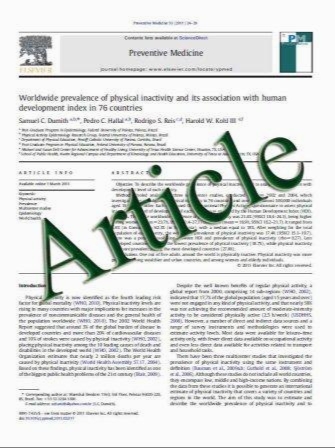Magnetic resonance imaging in patients with nipple discharge: should we recommend it?
- نوع فایل : کتاب
- زبان : انگلیسی
- مؤلف : Michele Lorenzon & Chiara Zuiani & Anna Linda & Viviana Londero & Rossano Girometti & Massimo Bazzocchi
- چاپ و سال / کشور: 2010
Description
Objectives Comparing the sensitivity of Contrast-Enhanced Magnetic Resonance Imaging (CEMRI), mammography and ultrasonography in patients with nipple discharge (ND). Methods We retrospectively evaluated 38 women with ND who underwent mammography, ultrasound and 1.5 T CEMRI between March 2007 and July 2009. Imaging findings, pathological diagnosis and follow-up data (mean follow-up: 20 months) were compared. Sensitivity and specificity values were reckoned. Statistical differences in sensitivity were assessed. Results 5/38 malignancies (13.2%; 3 invasive, 2 intraductal; 4 ipsilateral, 1 contralateral toND), and 14/38 High-Risk Lesion (HRL—36.8%; 11 intraductal papillomas, 1 papilloma with LCIS, 1 sclerosing papilloma and 1 atypical intraductal hyperplasia, all ipsilateral) were found. CEMRI identified 5/ 5 cancers and 13/14HRL (Overall Sensitivity—OSS=94.7%; Overall Specificity—OSP=78.9%). 3/5 cancers (1 invasive, 1 in-situ; 1 invasive contralateral) and 2/14 HRL were detected by CEMRI only. Mammography found 2/5 cancer and 3/14 HRL (OSS=26.3%; OSP=94.7%). Ultrasound identified 1/5 cancer and 11/14 HRL (OSS=63.2%; OSP=84.2). 1/14 HRL was detected by ultrasound only. Compared with mammography and ultrasound, CEMRI showed statistically significantly higher OSS values (p<0.0001, p=0.042 respectively). Conclusion In women with ND, CEMRI should be recommended when conventional imaging is negative. Unexplained ND could be considered an indication for CEMRI.
Eur Radiol (2011) 21:899–907 DOI 10.1007/s00330-010-2009-y Received: 6 July 2010 / Revised: 5 October 2010 / Accepted: 14 October 2010 / Published online: 30 November 2010


